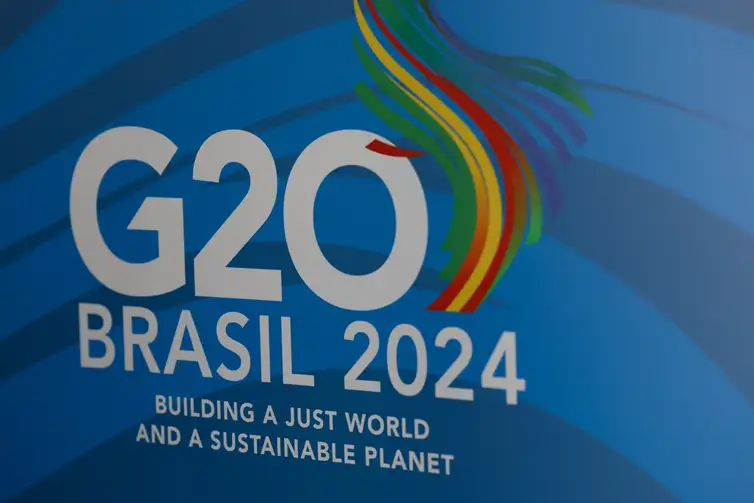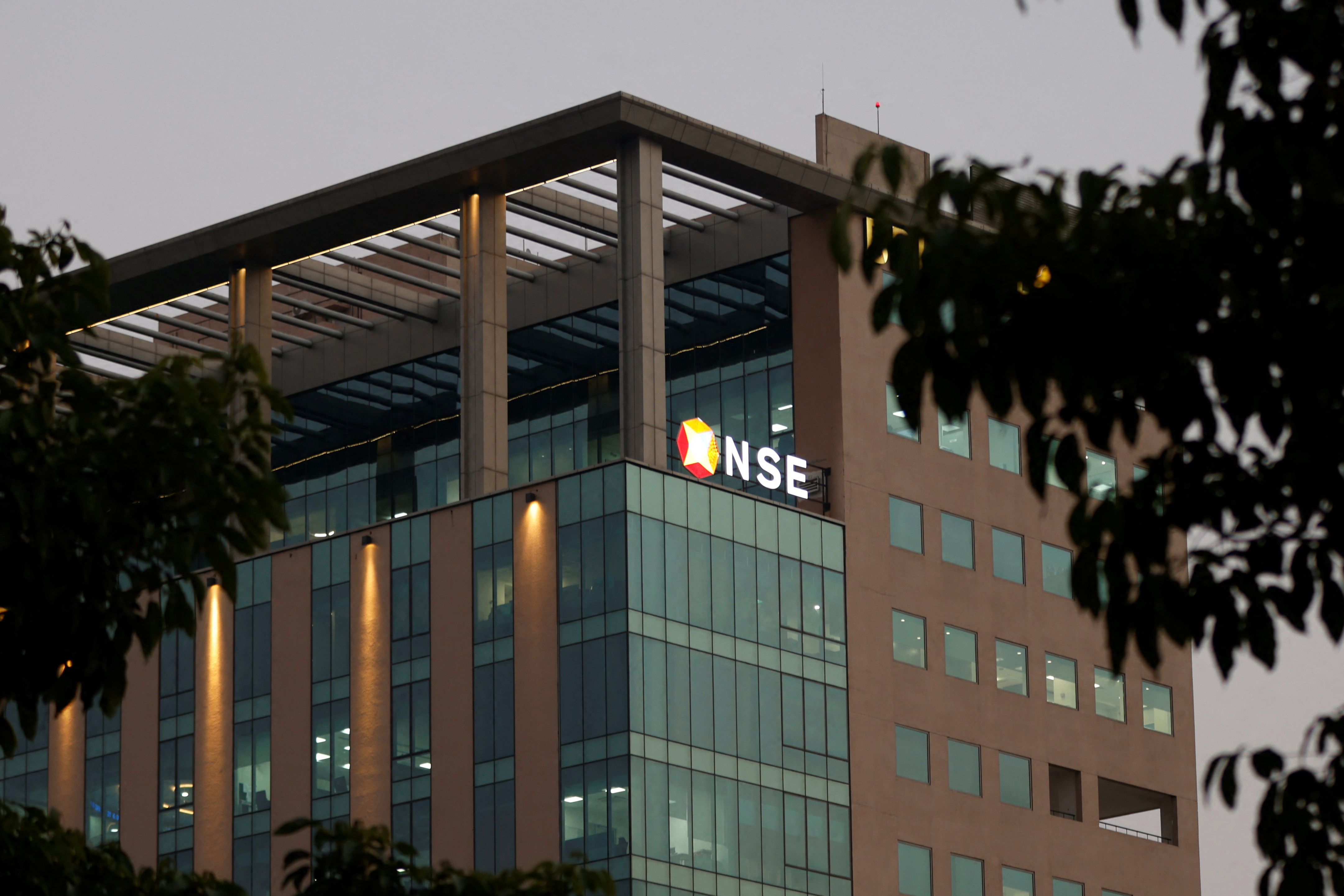Oil Prices Surge Amid Geopolitical Tensions and Industrial Demand Recovery
Oil markets are witnessing sharp rises as geopolitical tensions escalate and manufacturing data signals growing demand. Find out how these factors fuel oil's upward trajectory.
Published April 03, 2024 - 00:04am
Oil prices soared in early Asian trade today, buoyed by a mix of optimism in manufacturing data and rising Middle Eastern tensions. Brent crude futures for June delivery climbed by $0.37 to $87.79 a barrel, while the West Texas Intermediate (WTI) for May rose by $0.32, reaching $84.03 a barrel. Analysts attribute the escalating prices to stronger-than-expected manufacturing data from the U.S. and China, sparking expectations of increased oil demand with China holding the title of the world's largest crude oil importer and the U.S. as its biggest consumer.
In the Middle East, a strike on the Iranian embassy in Syria by Israel resulted in the deaths of seven military advisors, including three senior leaders, further heightening tensions in a conflict that has extended for nearly six months. This has raised concerns about the potential impact on oil supplies, although the market does not currently fear a supply disruption, as the conflict remains contained for now.
In the latest economic news, data indicated that manufacturing activity in China grew in March for the first time in six months, while the U.S. saw similar growth for the first time in a year and a half, signifying potential upticks in oil consumption. Meanwhile, the Organization of the Petroleum Exporting Countries (OPEC) is holding an online meeting of its Joint Ministerial Monitoring Committee to review the market's adherence to the agreed production cuts.
Ukraine's renewed attacks on Russian energy facilities and the escalating conflict in the Middle East have led Brent crude to surpass $89 a barrel for the first time since October. OPEC's production in the last month reflected a decrease, shaped by voluntary cutbacks amid the group's broader cooperation within the OPEC+ alliance. This decline in output is contributing to concerns over supply shrinkage in light of attacks on the Russian embassy in Damascus attributed to Israel.
On a related front, Reuters analysis of imagery suggests significant damage to Russia's crucial oil refining capacity due to Ukrainian drone attacks. This, along with strikes on energy infrastructure in Ukraine by Russia, is causing unease in global markets. OPEC+ is closely monitoring the situation, with an expected meeting to review production cuts. There is little anticipation of a policy change, yet traders remain vigilant.
Evidence of economic recovery, such as the unexpected growth in the U.S. manufacturing activity for the past month after a consistent contraction over the past 16 months, has boosted expectations for stronger oil demand. This sentiment is further fortified by manufacturing indices from China that indicate a robust flow of new orders last month.
The uptick in oil prices appears to reflect a complex interplay of geopolitical and economic factors. The attacks on the Russian facilities have highlighted the vulnerabilities in energy infrastructure amid ongoing military conflicts. Russia's involvement in the Syrian civil war and its role in supporting the Assad regime have exacerbated regional instability, making the escalation of violence there particularly concerning for the oil markets. As Israeli actions in the region increase, with the recent strike on Iran's military presence in Syria, the delicate balance of power is further destabilized.
Despite these geopolitics stimulating supply fears, OPEC's strategy and projected supply adjustments have managed to somewhat cushion oil markets. However, OPEC+'s next move remains a topic of speculation. Historically, OPEC+ has not hesitated to adjust their policies in response to fluctuating market conditions. The COVID-19 pandemic is a prime example, where OPEC+ implemented record production cuts to stabilize the market. Their upcoming meeting is expected to be a critical juncture in determining the oil market's trajectory amidst the current uncertain geopolitical landscape.
Furthermore, the energy sector's resilience is being tested not just by geopolitics but also by the transition to greener sources of energy. The juxtaposition of immediate supply concerns with long-term shifts in energy consumption patterns presents a unique challenge for oil producers. The push for sustainability and carbon-neutral goals by various countries and corporations may eventually temper demand, calling for strategic adjustments by oil-exporting nations.
Nevertheless, short-term factors such as the economic recovery signs in major economies are dictating current market trends. In the U.S., consumer spending has remained solid despite inflationary pressures, signaling a continuing rebound in economic activities. A stronger economy could translate into higher mobility and transport needs, thereby elevating oil demand. Similarly, China's efforts to stimulate its economy through various policy measures are expected to positively influence its crude oil consumption.
The oil market seems to be at the nexus of significant demand recovery signals, geopolitical disruptions, and strategic production decisions. Investors and policymakers are watching closely as any development, whether an escalation in the Middle East or changes in OPEC+ policies, could prompt swift changes in the crude oil landscape. These dynamics underscore the interconnected nature of global economies and the pivotal role of energy markets in political strategies and economic conditions worldwide.
Given the current landscape, the global oil market continues to face multiple sources of volatility. While it adjusts to the reactivation of Chinese manufacturing and the promising U.S. economic indicators, it must also navigate the geopolitical shocks that are all too common in our modern era. In a global economy that remains reliant on fossil fuels, the stability and predictability of oil supplies are critical. This puts an additional spotlight on the energy diplomacy conducted by oil-producing nations, international organizations, and alliances such as OPEC+ as they seek to balance market needs with geopolitical realities.








